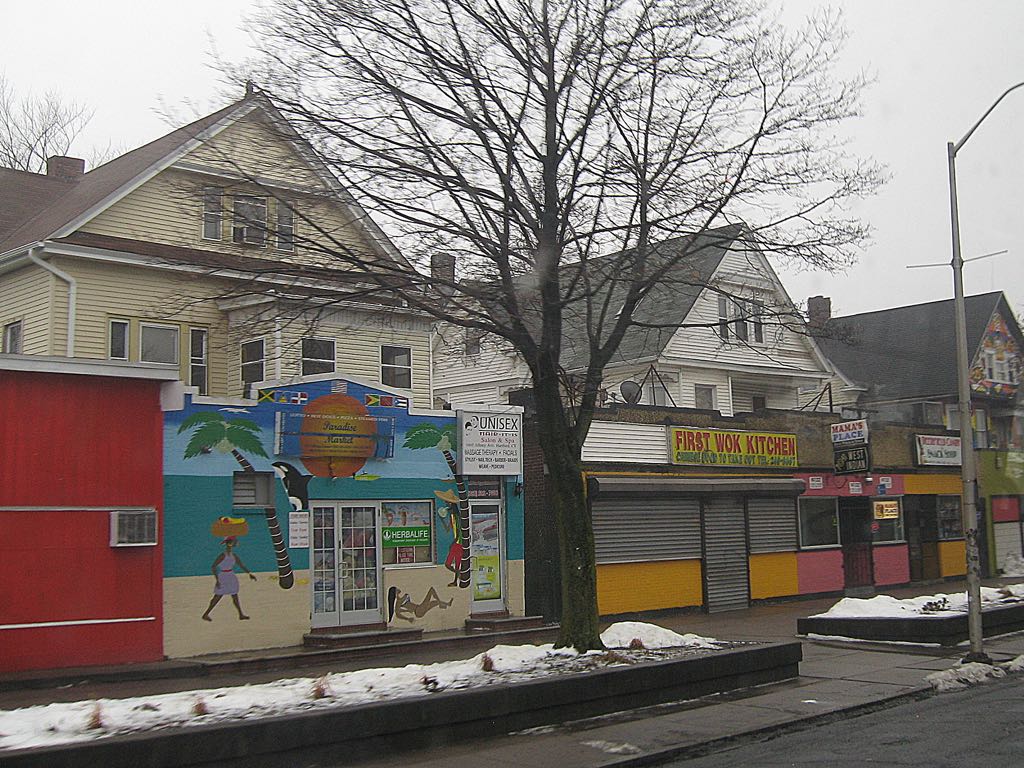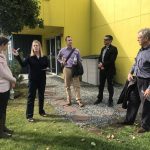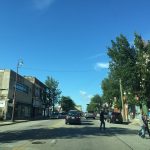The Albany Avenue-Homestead Avenue corridor is one of the most highly travelled areas in Hartford, and is the primary transit route extending west from the Downtown into adjacent towns. Although accommodating a slightly lower average daily traffic than Albany Avenue’s 17,000 vehicles per day, Homestead Avenue also experiences significant volume carrying 13,000 vehicles. Along this 1.5 mile corridor both streets are plagued by deficient pavement and sidewalks, unidentified and varied traffic lanes, and a diminishing retail presence to adequately serve the community.
This corridor spans the Clay Arsenal and Upper Albany neighborhoods, the former being one of the oldest neighborhoods in the City. Both neighborhoods have similar densities of about 21 units per acre and aging housing stocks that are generally in fair condition. According to their respective neighborhood plans and the City’s Plan of Conservation and Development, priorities include enhancing the appearance, vitality, and redeveloping the corridor.
While Albany Avenue is characterized by a mix of residential, retail, and institutional uses, Homestead Avenue is comprised of primarily residential, industrial, and commercial uses. Located at the prominent intersection of Albany and Homestead Avenue is an antiquated state housing portfolio that is slated for redevelopment in the next 2 years.
Currently Albany Avenue is experiencing a sewer separation portfolio that will address deteriorating infrastructure and safety challenges, but has also negatively impacted businesses. The second phase of this portfolio has recently been approved and is scheduled to be started in spring 2013. Despite years of negotiating, planned streetscape improvements will not be initiated simultaneously but will occur subsequent to completed sections of sewer separation, at a cost of $14 million.
This corridor has several institutional, retail, and cultural assets along Albany Avenue as well as redevelopment parcels and industrial buildings on Homestead Avenue that are suitable for adaptive reuse. The challenge is to capitalize on assets and improvements along the corridor to establish a gateway to Hartford, a “main street” for the community, and create an environment that attracts economic investment. This corridor benefits from significant traffic and is surrounded by a stable population. Increasing foot traffic by making this area a stop instead of a drive through will positively impact the economic and social environment for businesses, the community, and the City.




